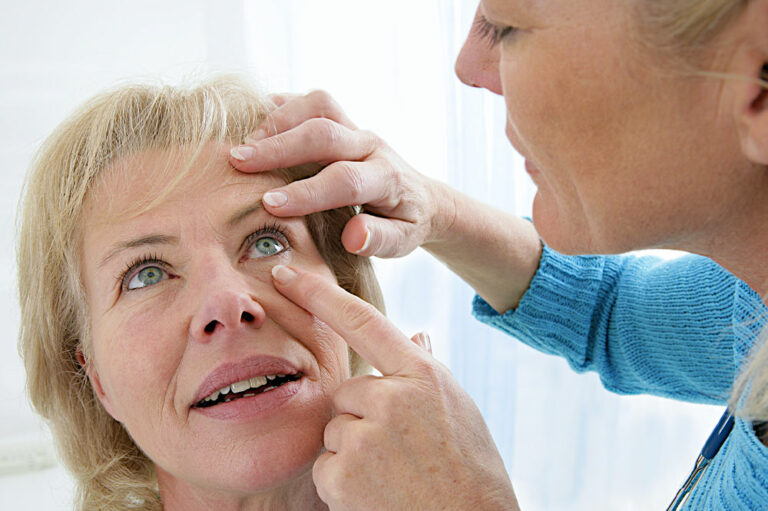
Health
Overactive Bladder – Management Options, Prevention, and Causes
An overactive bladder (OAB) results in frequent, unexpected urges to urinate. When one is dealing with an overactive bladder, they can experience frequent urges during the day and at night, along with incontinence. However, simple changes, such as better food choices, timed voiding, and bladder-holding techniques utilizing the pelvic floor muscles, can help one manage the symptoms of an overactive bladder. Here are a few things one should know when affected by OAB: Signs One may experience the following symptoms: Sudden and frequent urge to urinate Accidental urination right after experiencing an urge to urinate (urgency incontinence) Frequent urination, typically two or more times every few hours Need to go to the washroom more than two times every night (nocturia) Even if one can urinate normally when dealing with an overactive bladder, symptoms like unexpected frequent urination and nighttime urination can disrupt daily routine and cause discomfort. Doctors may refer the patient to a urologist, who focuses on illnesses and conditions of the reproductive system and urinary tract. One should consult a doctor as soon as they notice any of the signs. Overactive bladder is common in older adults, but some women can develop the issue at about 45. Ways to manage an overactive bladder People with overactive bladder may respond to a variety of therapies.
Read More 








